Project Summary
Cross-Platform Mobile app
Client
Duration
Technology
The Challenge
Public transport is expensive in the UK! Specially when friends are travelling in groups. Believe it or not, the cheapest way to travel in the UK is in groups sharing a private vehicle. However, there is no easy way to calculate and share car fuel cost among friends.
We conducted qualitative research on drivers’s experiences, need, and knowledge about car ownership cost and found that drivers would love to share fuel cost with their friends and currently they do it a traditional way where they give a ball park number and the friend pay’s through bank transfer. Something is missing. How can we modern technology to give accurate fuel cost and users can easily calculate and pay for the trip with as low as 3 clicks!
My Role(s)
✏️ UX Design & Researcher
As 1 of the 2 UX leads, I taught and mentored university students in user-research methodologies (i.e. usability testing, speed-dating protocols, interview protocol creation, competitor analysis processes, affinity diagramming, etc.). I also taught design strategies such as prototyping in Figma, rapid sketching exercises, feedback and critiquing techniques, and others. I made informed design decisions regarding the project’s front-end components and continued to use my skills gained in my Master’s program to shape the project goals and outcome.
🎯 Project Manager
I worked alongside another graduate student to manage the project direction and progress. I recruited and communicated with participants, outlined and directed the workload for team members, reported progress to faculty advisors and overseers.
Executive Summary
Goal
Simplify the fuel cost calculation process and enhance travel planning for commuters, road trippers, and frequent travelers.
Solution
We developed Quick Trip, a mobile application that enables users to quickly and accurately calculate fuel costs for their trips. By integrating vehicle data with real-time map functionality, Quick Trip helps users understand their trip’s fuel expenses, offering a seamless and efficient way to budget for both everyday commutes and long-distance road trips. Whether it’s for a solo journey or a group trip, Quick Trip also provides the ability to split costs fairly among friends, making travel planning easier and more cost-effective.
The Users
Target Users:
Car drivers ages 18 and older.In our first round of interviews, I conducted 4 out of 15 interviews with drivers who frequently travel with friends to get a better understanding of their feelings towards and experiences with negotiating. I co-wrote our interview script, which encouraged storytelling and guided conversation with participants.
James T.

📅 Age: 32
📚 Education: Bachelor’s Degree in Business Management
💰 Income: ~£35,000 per year
💼 Occupation: Moonlight Delivery Driver
📍 Location: Manchester, UK
''
I need to know how much my trips will cost instantly—time is money, and I can’t afford to waste either.
💭 Feeling
Stressed
Frustrated
Focused
Overwhelmed
😓 Pain Points
• Manually calculating fuel costs for shared trips takes time and effort.
• Lack of a simple tool to split costs fairly during delivery job.
• Accuracy concerns when estimating fuel expenses, especially when sharing costs.
• Finding a reliable way to track shared expenses for accountability among friends or colleagues.
📝 Bio:
James works as a delivery driver in Manchester, handling multiple deliveries daily across the city. Fuel costs are one of his biggest concerns, especially as fluctuating prices make budgeting unpredictable. He often plans his routes manually and finds it time-consuming to estimate fuel costs for each job.
While James loves the independence of his work, he struggles to stay efficient with his planning. He also often car-shares with friends for road trips and finds splitting fuel costs cumbersome. James is tech-savvy and relies on mobile apps to save time and simplify his tasks.
🎯 Core Needs & Goals
• Quickly calculate fuel costs to optimize his daily delivery routes.
• Budget fuel expenses more accurately to improve his earnings.
• Easily split fuel costs with friends during group trips.
• Save time by eliminating manual calculations.
🛠️ Resources
• James often relies on Google Maps for route planning.
• He sometimes uses GasBuddy to find cheap fuel stations, but it doesn’t give full cost estimates.
• For group trips, he manually splits costs using Splitwise or mental calculations.
David R.

📅 Age: 29
📚 Education: Master’s Degree in Business Administration
💰 Income: ~£50,000 per year
💼 Occupation: Operations Manager at Amazon
📍 Location: Birmingham, UK
''
I don’t want to spend time figuring out who owes what for fuel—it should be as quick and fair as possible.
💭 Feeling
Slightly Annoyed
Time-Conscious
Goal-Oriented
Organized
😓 Pain Points
• Fuel cost estimations are time-consuming and often inaccurate when done manually.
• Lack of tools to quickly split and track shared expenses for group trips.
• Fuel price fluctuations make it difficult for James to budget efficiently.
• Time pressure during deliveries leaves no room for inefficient planning processes.
📝 Bio:
David is an Operations Manager at Amazon, overseeing logistics and team performance. His role requires him to commute daily across Birmingham and occasionally visit Amazon warehouses in nearby cities. He also plans occasional weekend road trips with friends or joins carpool rides to offsite meetings with colleagues.
While David enjoys group trips, he often finds it tedious to manually calculate fuel costs and split expenses fairly among colleagues or friends.
🎯 Core Needs & Goals
• Quickly calculate fuel costs for daily commutes and business-related trips.
• Split trip expenses fairly and transparently among colleagues or friends without disputes.
• Save time by avoiding complex manual calculations.
• Ensure accuracy and fairness when sharing costs with others.
🛠️ Resources
• David uses Google Maps or Waze for route navigation but relies on his own mental calculations for fuel costs.
• For group trips, he sometimes uses Splitwise but finds it cumbersome for fuel-specific expenses.
• He prefers Stripe or bank transfers for seamless and instant payments when splitting costs.
UX Research
Identifying the Problem:
Through in-depth conversations with frequent drivers, including delivery drivers in London and road-trippers planning long journeys, we identified a common pain point: users needed an intuitive, fast way to calculate fuel costs. Traditional methods—whether through complicated spreadsheets, unreliable estimations, or manual input of various data points—were time-consuming and frustrating. This made it difficult for commuters and travelers to quickly plan their trips and accurately budget their fuel expenses. Additionally, users expressed a need for an easy way to split costs among friends when traveling together.
To better understand these challenges, we conducted competitive analysis and examined existing fuel and trip planning apps. We also gathered user feedback to better tailor the app to the needs of both individual commuters and groups of friends traveling together.
Competitive Analysis:
Understanding the LandscapeWhile several apps exist for fuel cost calculation and trip planning, many are either too complex or lack the speed and simplicity users need. Apps like Blablacar and Splitwise offer elements of fuel cost sharing or carpooling, but they often focus more on the social aspects of travel and less on quick, accurate fuel cost estimation. Additionally, many of these apps require multiple steps or manual inputs to calculate costs, which detracts from the user experience.
In contrast, Quick Trip offers a more streamlined solution—users can calculate fuel costs with just two clicks, making it ideal for busy commuters and road trippers looking for a hassle-free experience. Our analysis showed a significant opportunity to differentiate Quick Trip by focusing on speed and simplicity, removing unnecessary complexity while still providing the accurate, real-time cost estimates users need.

Insights from User Research:
Through our user research, we uncovered key insights about the challenges drivers face when planning trips:
•Users feel frustrated and overwhelmed when estimating fuel costs manually.
•Frequent drivers, such as commuters and delivery workers, need fast and accurate cost estimates to plan their trips efficiently.
•Road trippers often struggle to split expenses fairly and transparently with friends.
“I just want to know how much the trip will cost me without spending 10 minutes on calculations or apps that ask for too much information.”
Define
We synthesized our research findings to pinpoint where our users’ challenges emerged. By organizing our insights through affinity diagramming, we identified recurring themes: the need for speed, simplicity, and accuracy in trip cost estimation, as well as the importance of cost-sharing features for group travelers.
Key Takeaways:
1. Drivers require instant cost calculations to save time and eliminate the frustration of manual estimates.
2. Group travelers need an easy way to split trip expenses fairly without conflicts or confusion.
3. Negative emotions, such as stress and uncertainty, arise when users lack quick access to reliable cost data, making travel planning feel cumbersome and unpredictable.
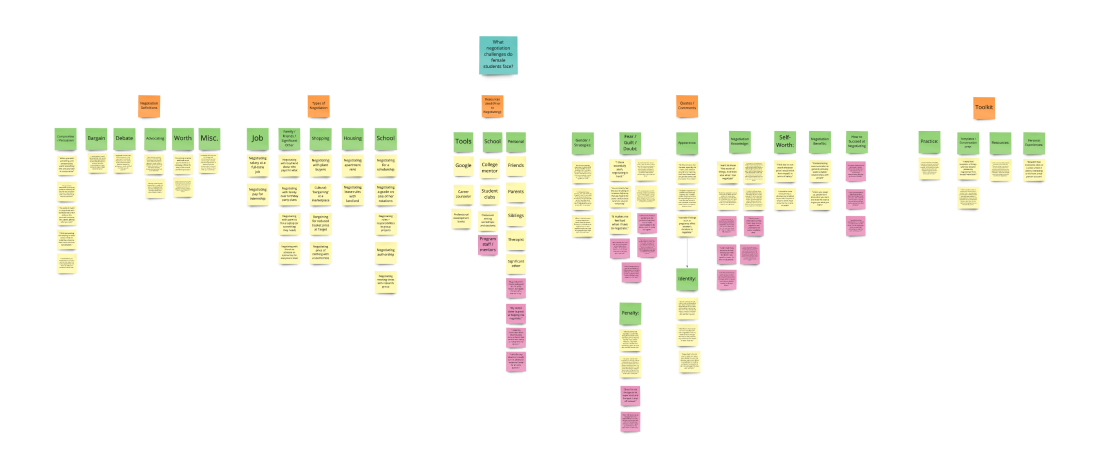
Ideation
We then transformed these ideas into storyboards that illustrated real-life scenarios for our target users:
1. A commuter calculating fuel costs before deciding whether to drive or take public transport.
2. A road tripper splitting fuel expenses evenly among friends in a few taps.
3. A delivery driver quickly estimating fuel costs for multiple stops throughout the day.
How Might We…
From our ideation process, we framed How Might We statements to focus our design efforts:
• How Might We… provide a two-click solution for drivers to instantly calculate fuel costs?
• How Might We… enable road trippers to split fuel expenses fairly and transparently?
• How Might We… integrate accurate map and vehicle data to make cost estimations seamless and reliable?
• How Might We… deliver a stress-free experience for drivers planning both short commutes and long-distance trips?
To kick off the design phase, we utilized the Crazy 8s rapid sketching activity to brainstorm creative solutions for Quick Trip. The goal was to generate a diverse range of ideas focusing on speed, simplicity, and user-centered fuel cost estimation. Each team member sketched 8 unique ideas in 8 minutes. Concepts ranged from instant fuel cost calculators and intuitive map overlays to seamless cost-sharing tools for group travelers.
Concept Testing:
We applied the Speed Dating method to evaluate user reactions to our storyboard scenarios. Participants included commuters, delivery drivers, and road trippers, representing our key personas. We gathered valuable feedback to determine which features resonated universally and which ideas needed further refinement.
Key Findings:
• Users loved the idea of a two-click fuel cost calculator that eliminates unnecessary steps.
• Group travelers valued the ability to split costs instantly and receive notifications for payments.
• Delivery drivers appreciated the app’s focus on speed and accuracy, as it helps them plan their day efficiently.
Concept Selection:
Based on user feedback, we prioritized features that would deliver the most value:
1. Fuel Cost CalculatorInstantly calculates the fuel cost for a trip based on vehicle data and integrated maps.
2. Cost-Splitting ToolEnables road trippers to split fuel expenses evenly among friends and send payment notifications.
3. Real-Time Map IntegrationDisplays the most efficient routes while estimating fuel expenses in real-time.
4. Payment Integration (Stripe)Simplifies cost-sharing by allowing in-app payments for a seamless experience.
Why a Native Mobile Application?
We determined that a native mobile application is the best platform for Quick Trip due to the following reasons:
Portability: Drivers and travelers are always on the move, and a mobile app provides immediate access to fuel cost information.
Speed and Convenience: Mobile apps allow for seamless integration of maps, notifications, and payment tools, creating a frictionless experience.
Broader Reach: A mobile app ensures accessibility for a wide range of users, from daily commuters to road trippers.
Solution

A mobile application that simplifies fuel cost calculation and enhances travel planning for drivers and travelers, ensuring quick, accurate, and hassle-free trip budgeting.
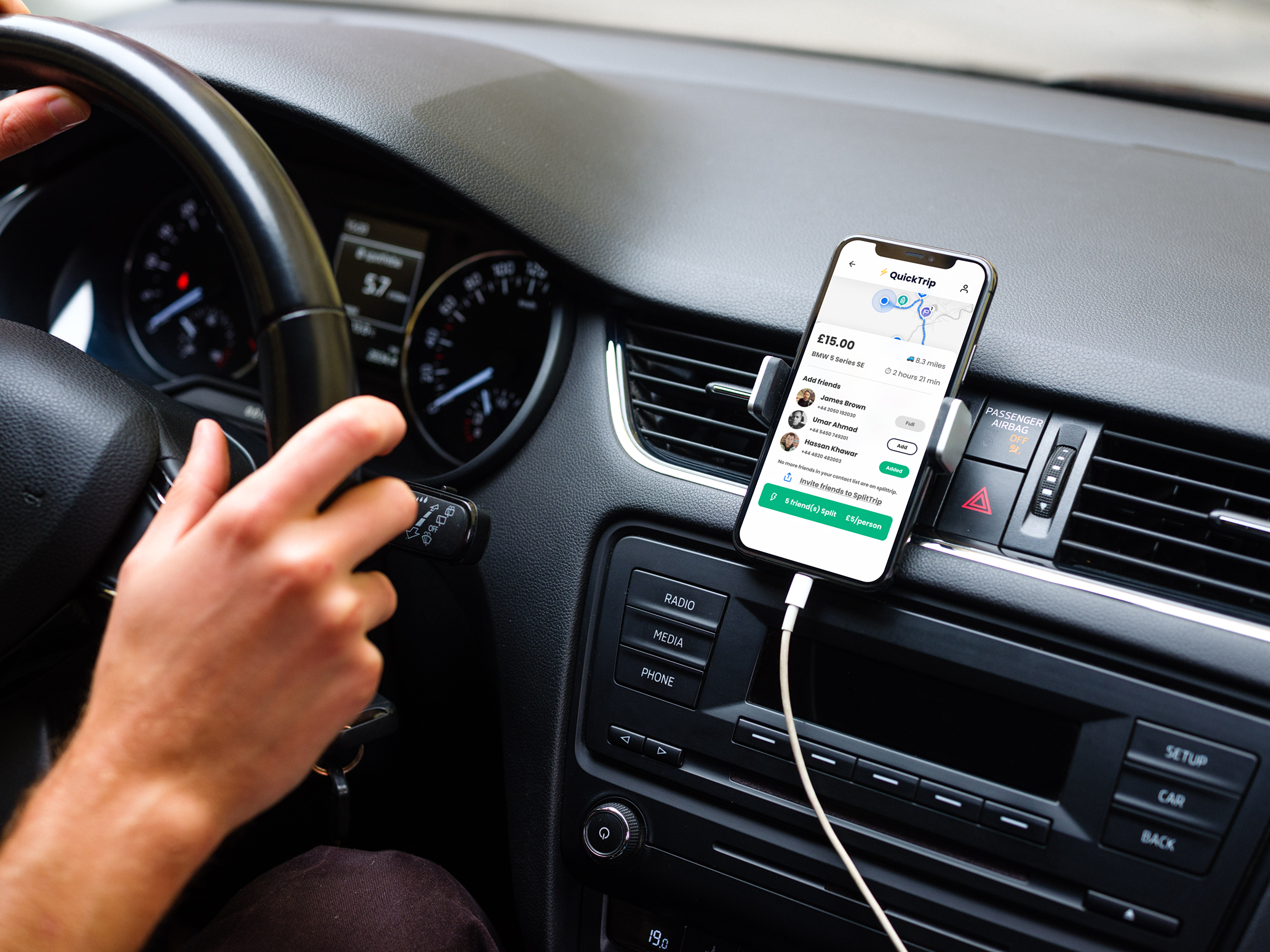
Prototyping:
To bring Quick Trip’s concept to life, I used Figma to design interactive prototypes that showcased the app’s core features:
1. Fuel Cost Calculator Screen: Calculates trip fuel expenses using vehicle details and real-time maps integration.
2. Cost-Splitting Tool: Enables users to split fuel costs with friends and send payment notifications.
3. Trip Summary Screen: Provides users with a clear overview of total distance, fuel cost, and payment status.
The design prioritized a clean, user-friendly interface to align with our goal of speed and simplicity.
Usability Testing:
To ensure Quick Trip’s design was both intuitive and effective, we conducted usability testing with our target users. Using the Think-Aloud method, participants were asked to complete specific tasks—such as calculating a trip cost or splitting expenses—while verbalizing their thoughts and decision-making process as they navigated the prototype.
Tasks Tested:
1. Calculate fuel costs for a 20-mile trip.
2. Split fuel expenses among three friends and send notifications.
3. Review trip details on the summary screen.
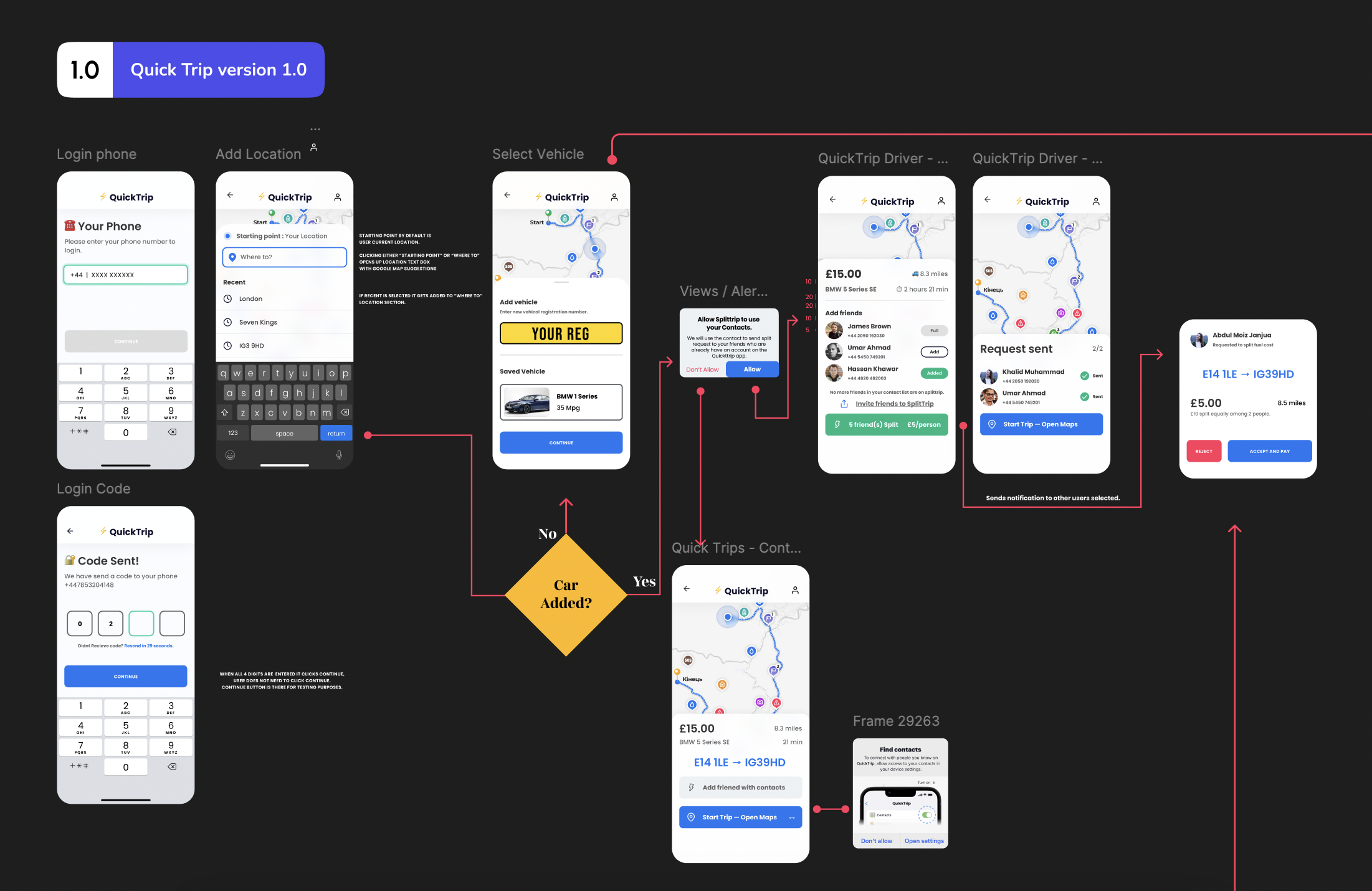
Insights from Think-Aloud Testing:
From the usability sessions, we gathered actionable feedback to improve the prototype:
• Positive: Users found the two-click fuel cost feature extremely fast and easy to use.
• Pain Point: Some users wanted more customization options, such as saving multiple vehicle profiles.
• Recommendation: Simplify cost-splitting notifications to provide clearer steps for payment transfers.
Iterative Design:
The first iterations of Quick Trip focused primarily on speed and simplicity but lacked deeper customization. Based on user feedback:
• We added the option to save and switch between vehicle profiles to accommodate users with multiple cars.
• Improved the cost-splitting flow to make payment notifications clearer and more intuitive.
• Enhanced the Trip Summary Screen to display total cost breakdowns and payment statuses at a glance.
📲Interactive Prototype
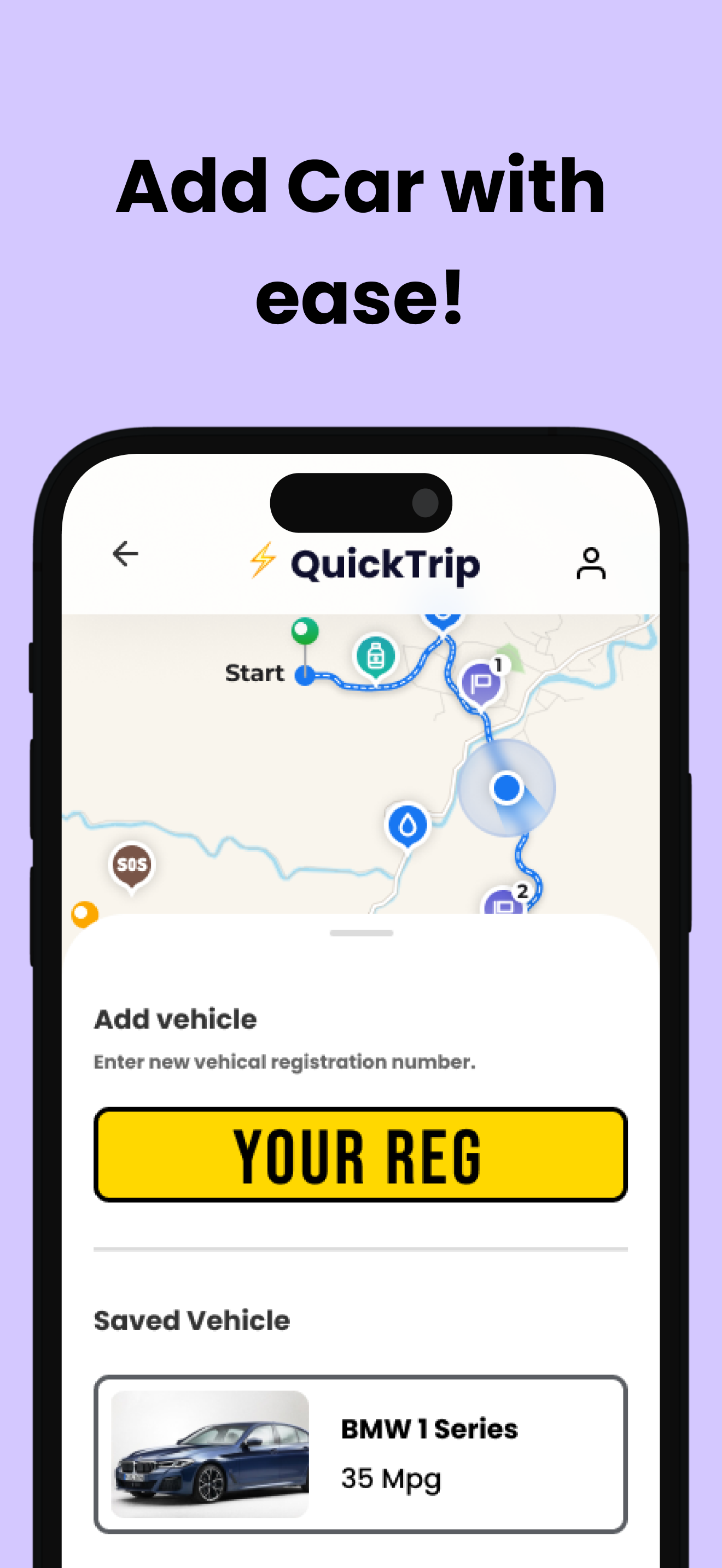
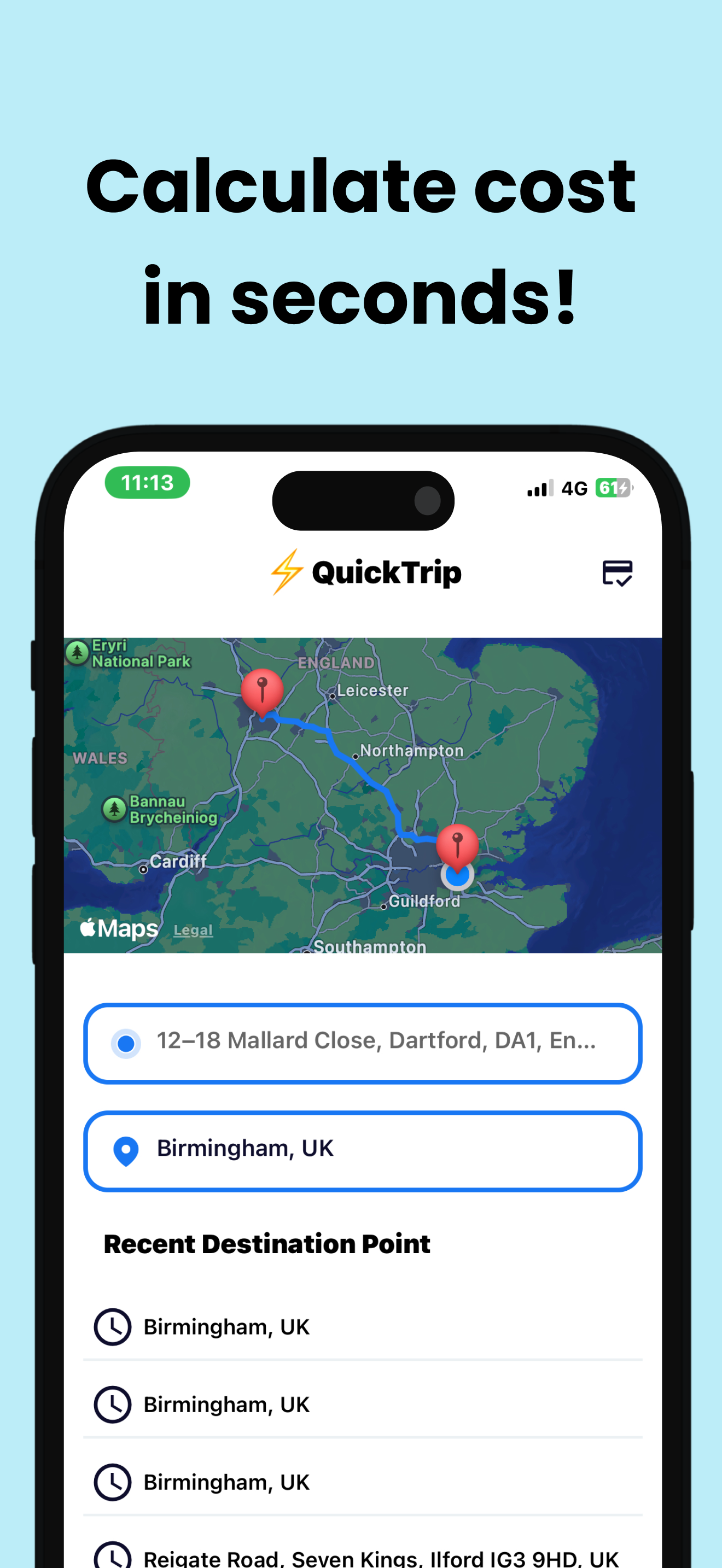
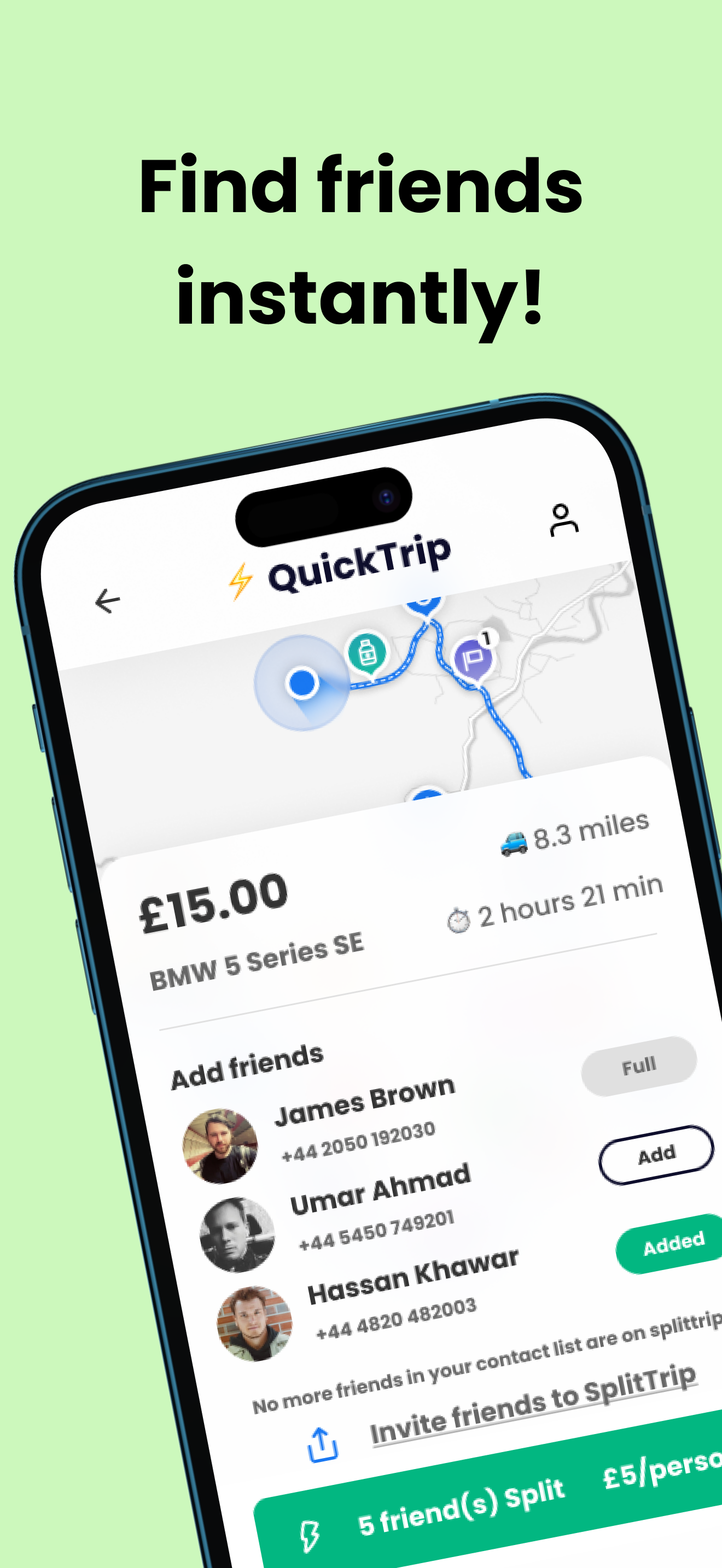
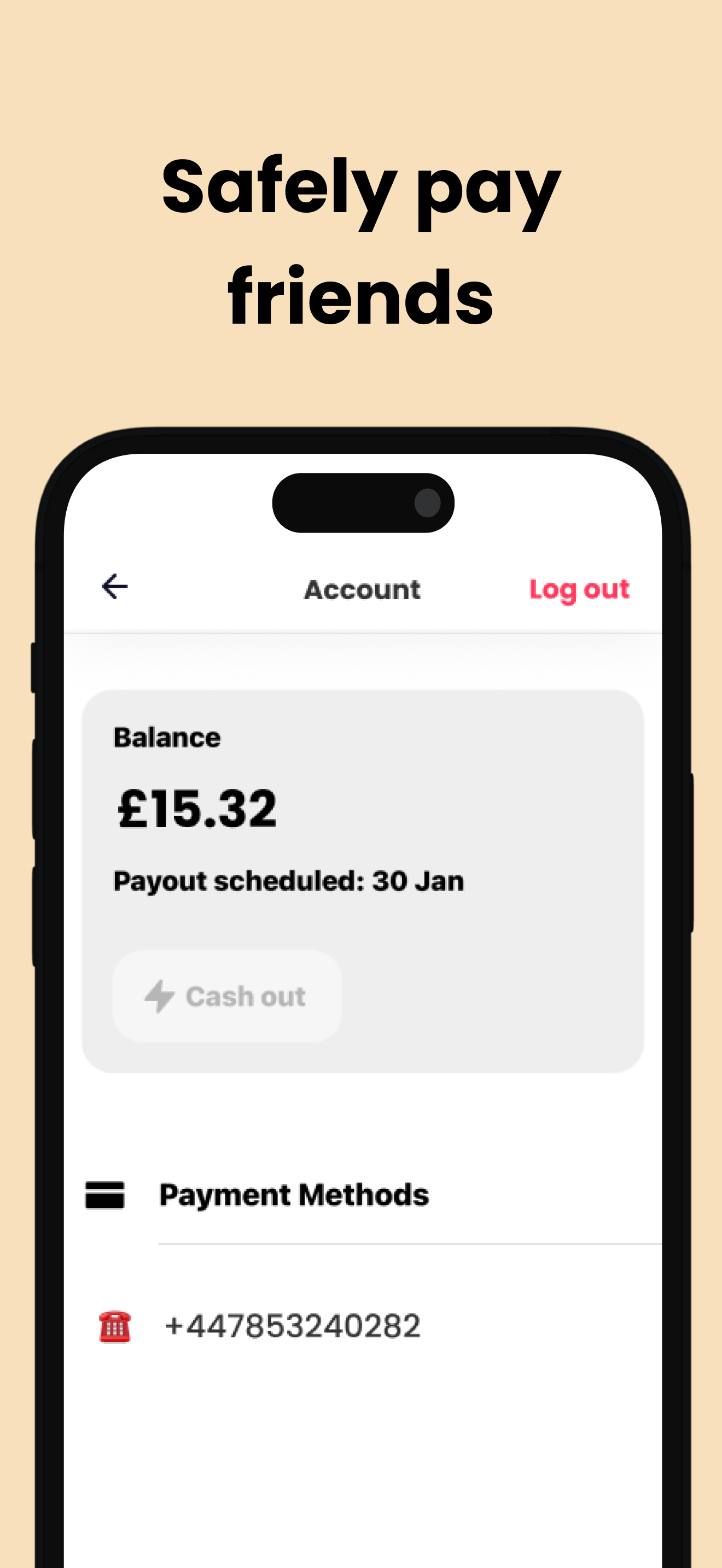
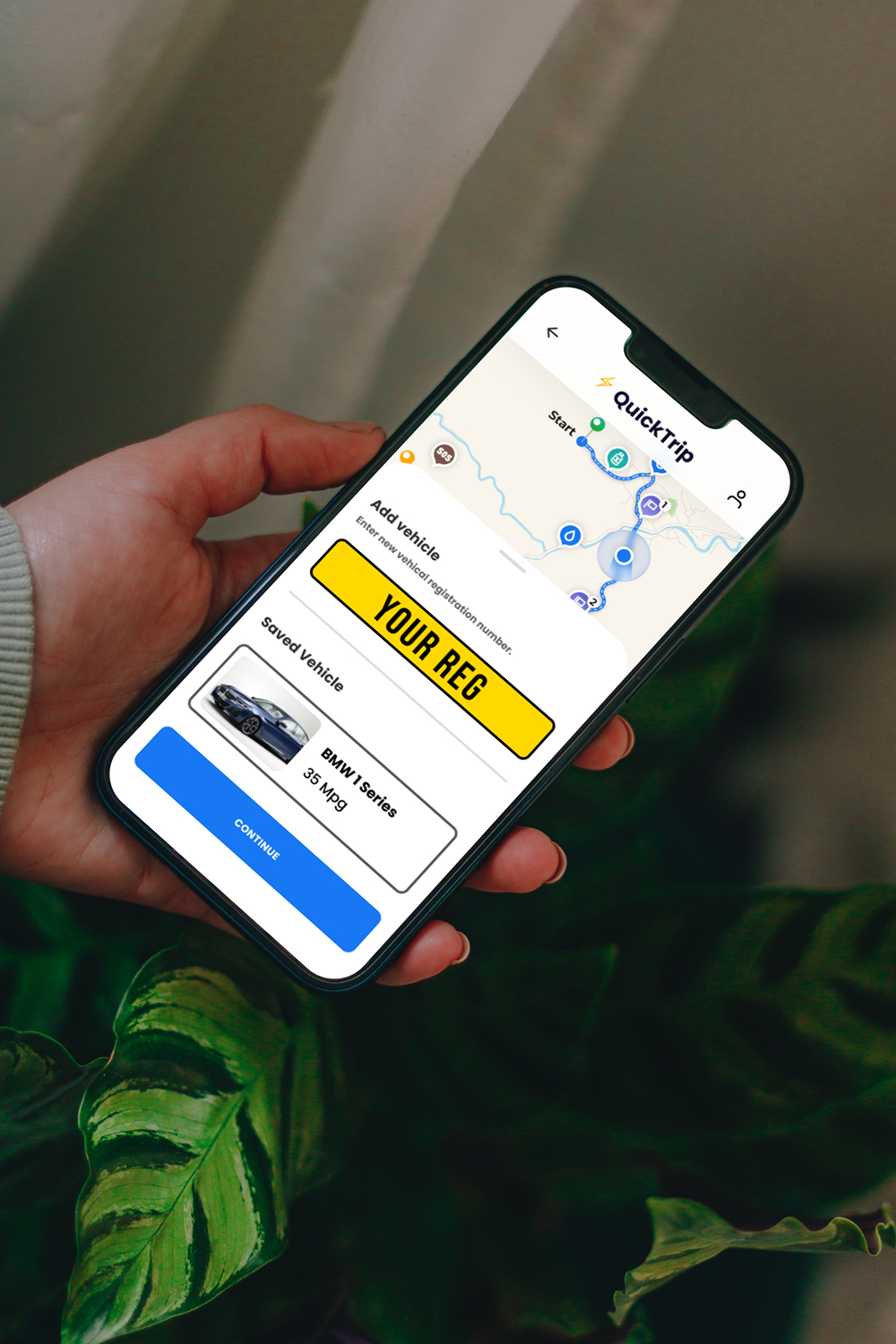
COMMON QUESTION
FAQ's asked by recruiters and project managers.

